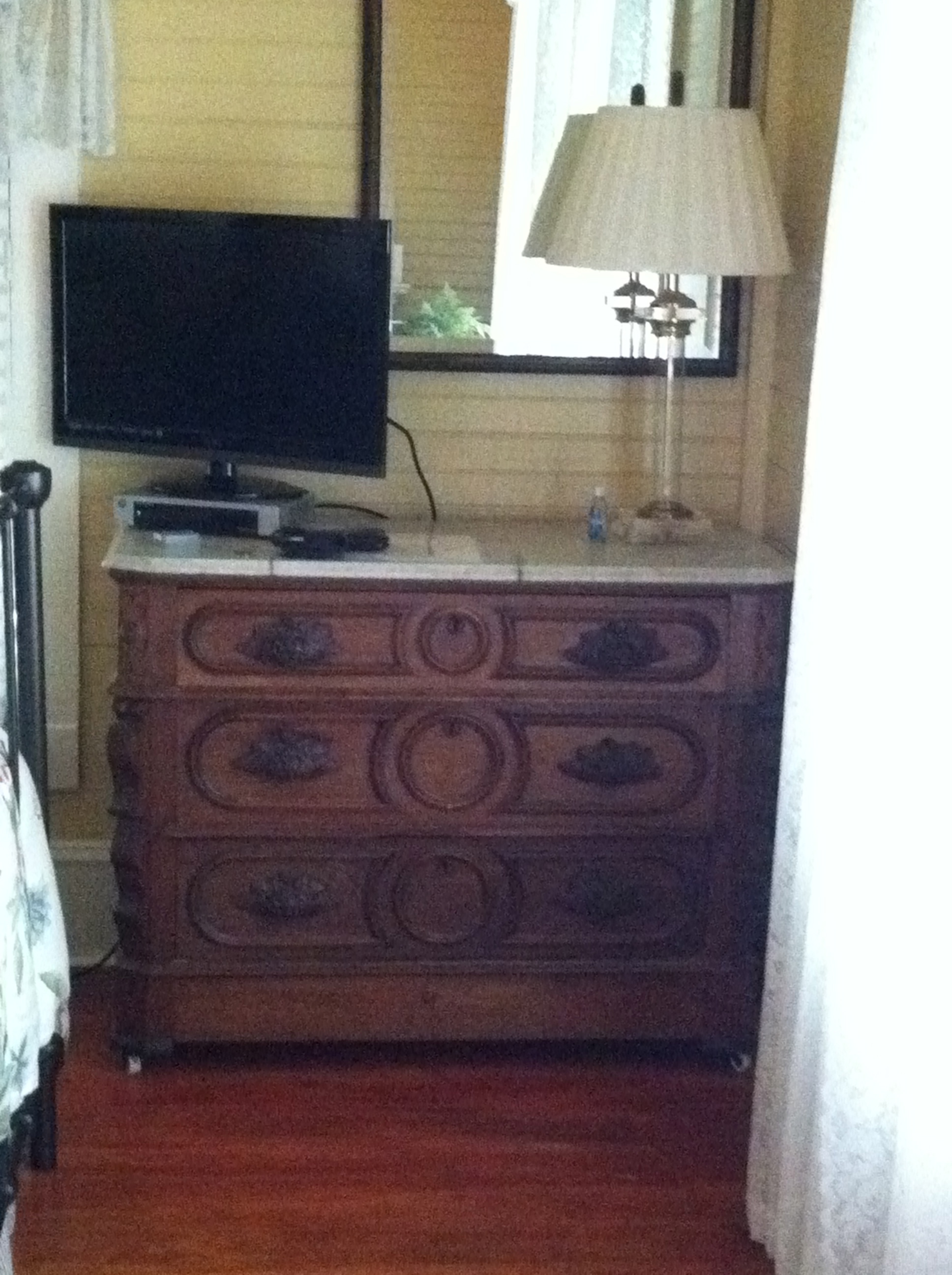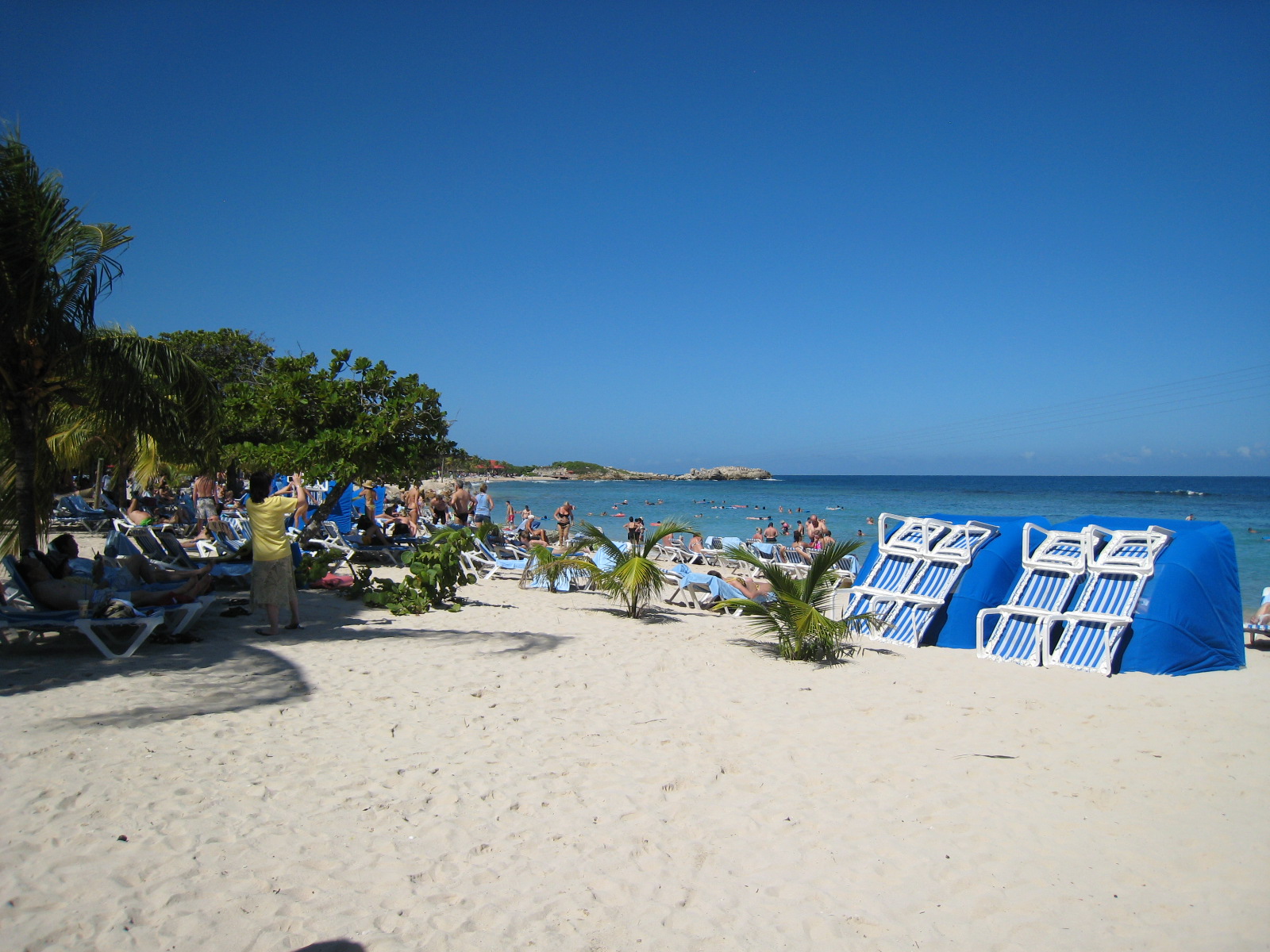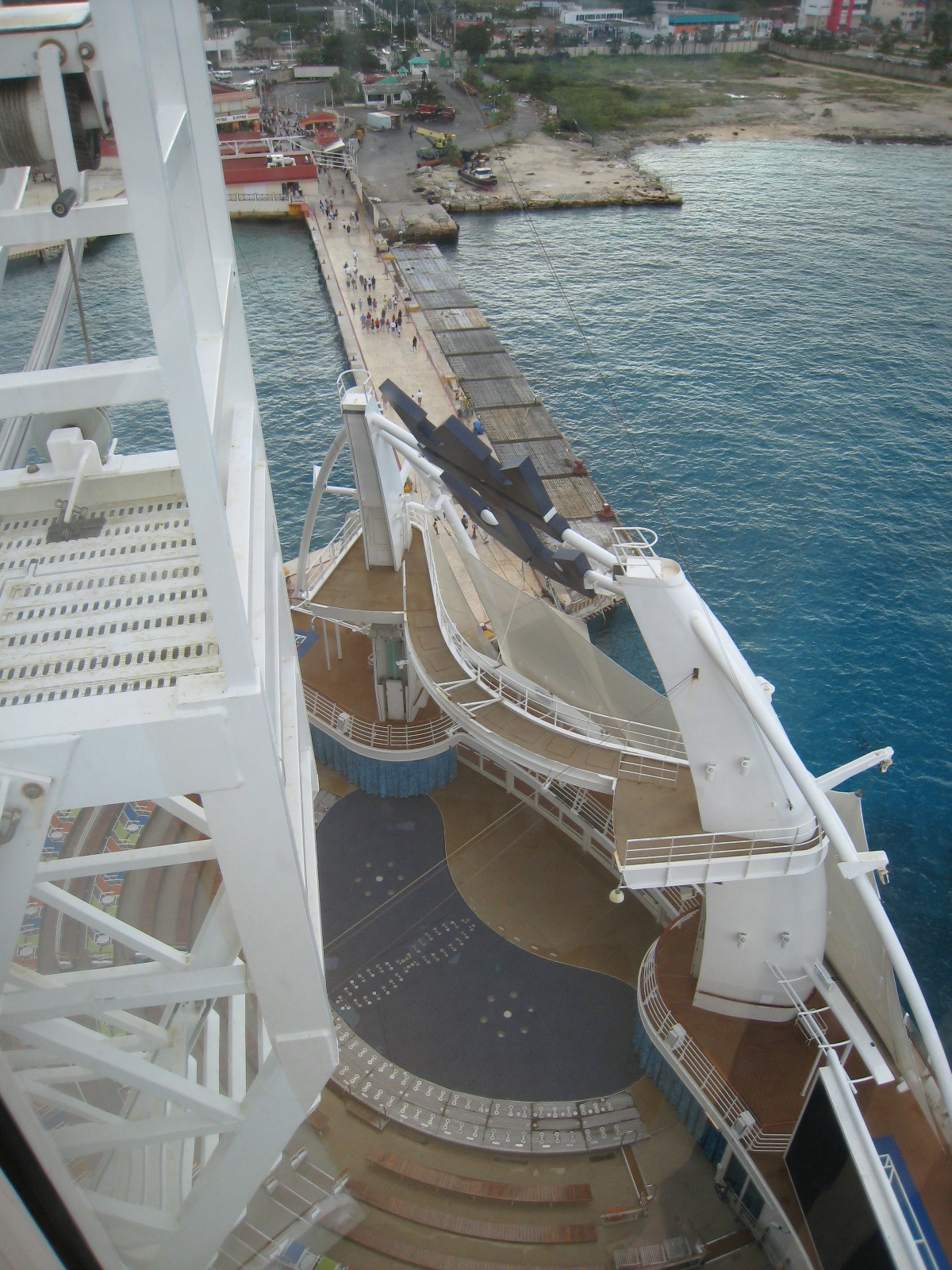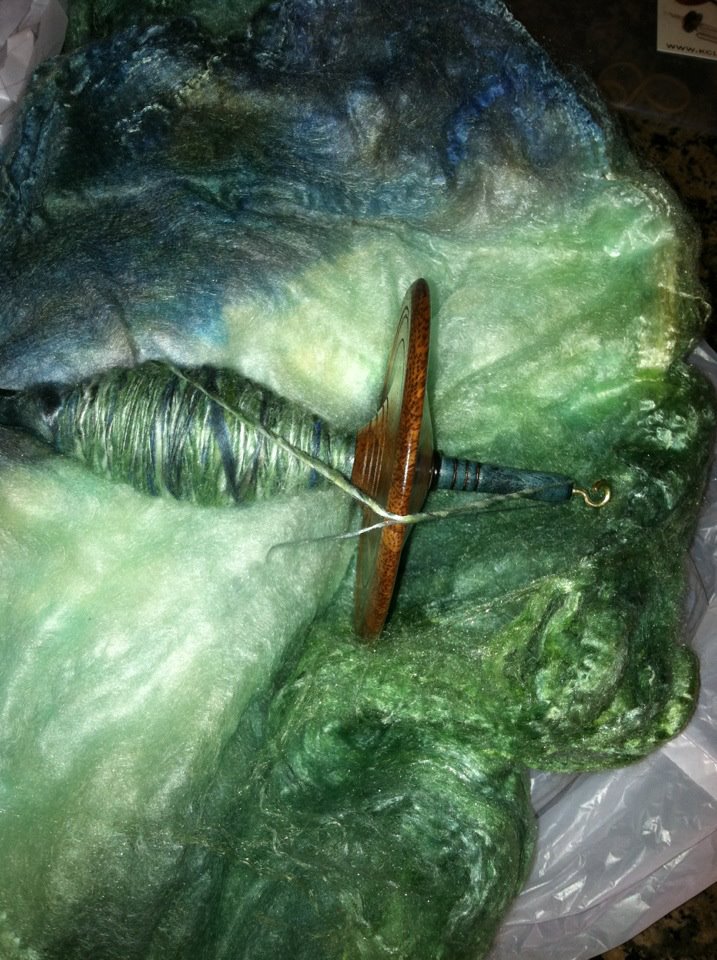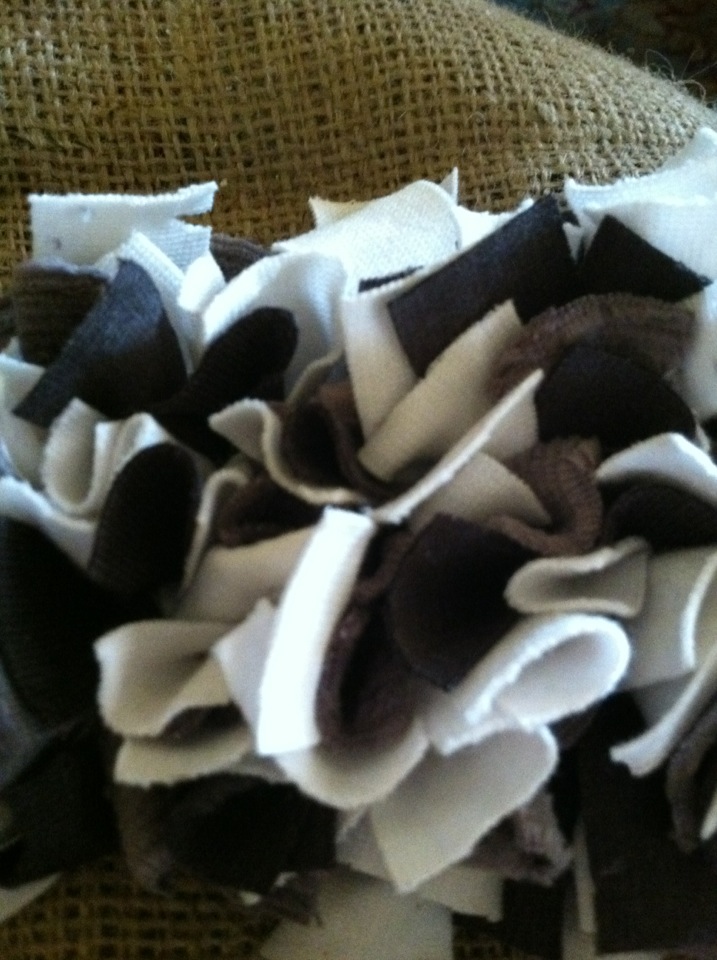“Lymphodepletion before CAR T-cell therapy effectively prolongs the persistence of infused cells and increases the effectiveness of the treatment of tumors. Fludarabine is a critical component of a lymphodepletion regimen and greatly contributes to the efficacy of the procedure.”…
Ok, today is a little technical stuff for those of you interested and perhaps considering Car T.
Before receiving your re-engineered T Cells, you receive a Bridge Therapy over three days. The most common at the moment is Cytoxan with Fludarabine. Fludarabine is a new drug for us in Myeloma. It is specifically used to create lymphodepletion. Lymphodepletion helps increase the efficacy and duration of the therapy. It seems from this layperson’s limited science understanding that it clears the path, so the T Cells have little to no obstructions in their effort to find and obliterate the Myeloma Cells.
Our doctor warned us that our “counts” would be very slow to recover. That Fludarabine is very harsh on the bone marrow. This is proving to be quite accurate. What we didn’t expect was the volatility of the up/down of the WBC. It’s pretty wild. With a SCT, it is about a 21-day process. Your numbers bottom out, and they give you growth factor shots to tell the new stem cells to be only white blood cells. They do this to provide you with some ability to fight infections with antibiotic support if needed. Your WBC needs to hold for 24 hours AFTER you get the growth factor shot above 2.0 before you can be considered for discharge home. Then your platelets and RBC begin to recover. Your platelets need to be over 30K (at least at UAMS) and holding 24 hours post any blood support to be discharged. So generally speaking, it is a slow climb, gets there, struggles a little, and stabilizes. With this, we are seeing wild fluctuations vs. the slow, steady rise. Dave’s WBC will drop dramatically, and then we get a growth factor shot that day, and the next, it will be wildly up around 5 or 6! Then within 48 hours, it will be back into the below two and even below zero ranges! So when we’ve seen the highs, we’ve mistakenly thought, “YAY! We are out of the woods!” Nope! It’s a big tease!
Our APN shared with us, as she was studying about it to see why and what was to be expected, that the lowest blood counts are within 10-14 days, and recovery is 14-21 days. We are on Day 17 today. The platelets fell yesterday, which got peeps a little nervous, so they ran some blood cultures and so forth. But his CRP (a measure of infection) is good. Anyway, it has been an interesting and different experience, and I hope for those of you headed into a Car T therapy opportunity, you’ll find this information of value and some comfort. Knowing is half the battle to keep the anxiety and panic away. Dave feels strong and happy when his WBC is up and lethargic and beat down when low. As caregivers prepare, it won’t be a steady climb to feeling better but an up and down climb.
Keep you posted! We are hoping to hit the road on December 3rd after our Ortho appointment! We’ve decided not to make a BIG sweeping road trip home. Dave is just not feeling it, and I agree. He’s still struggling with the femur break rehab and is unsure how he will do for long hours in the car traveling. We will head to the Grand Canyon and then take a break in Vegas. Then it’s a day’s drive home from there.
(Remember, I’m a caregiver. I gather information on our experience from nurses, doctors, papers, websites, and other patients and caregivers. It is just something for you to use to help in your search for answers. It is not definitive or intended for you to accept as gospel. I’ve found over the years that different doctors and facilities handle the same things slightly differently. I hope, though, it helps you to have a basic idea of what to expect and why, and then a good set of questions for your medical team!)










